Lomography LC-A 120 review
The lo-fi camera maker goes medium format in a big way
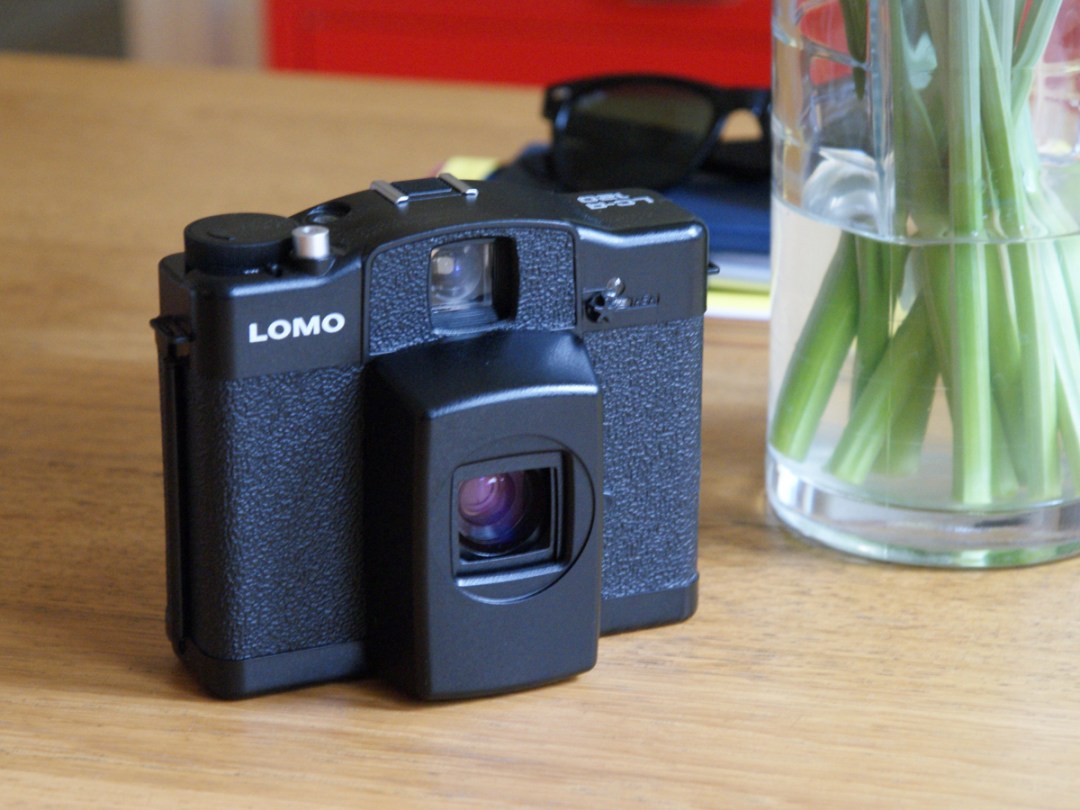
Lomography is known primarily for its 35mm film cameras, plastic-bodied throwbacks to the cheap Eastern European cameras of the mid to late 20th century that produce intentionally lo-fi snaps. Odd, oversaturated colours, under- or over-exposure, massive amounts of vignetting – all these things are expected – nay, demanded – by Lomo fans.
So news that the company was launching a medium format version of its LC-A flagship model came as something of a surprise. Medium format film’s large frame size is synonymous with higher quality analogue photography, you see, not Lomo’s usual “suck it and see” approach to photography. And with a £339 price tag, this is a lightweight plastic camera that’s nudging very much in the realm of entry-level compact system digital cameras. Can Lomo’s high-end camera really be anything more than a hip curio?
Plastic fantastic

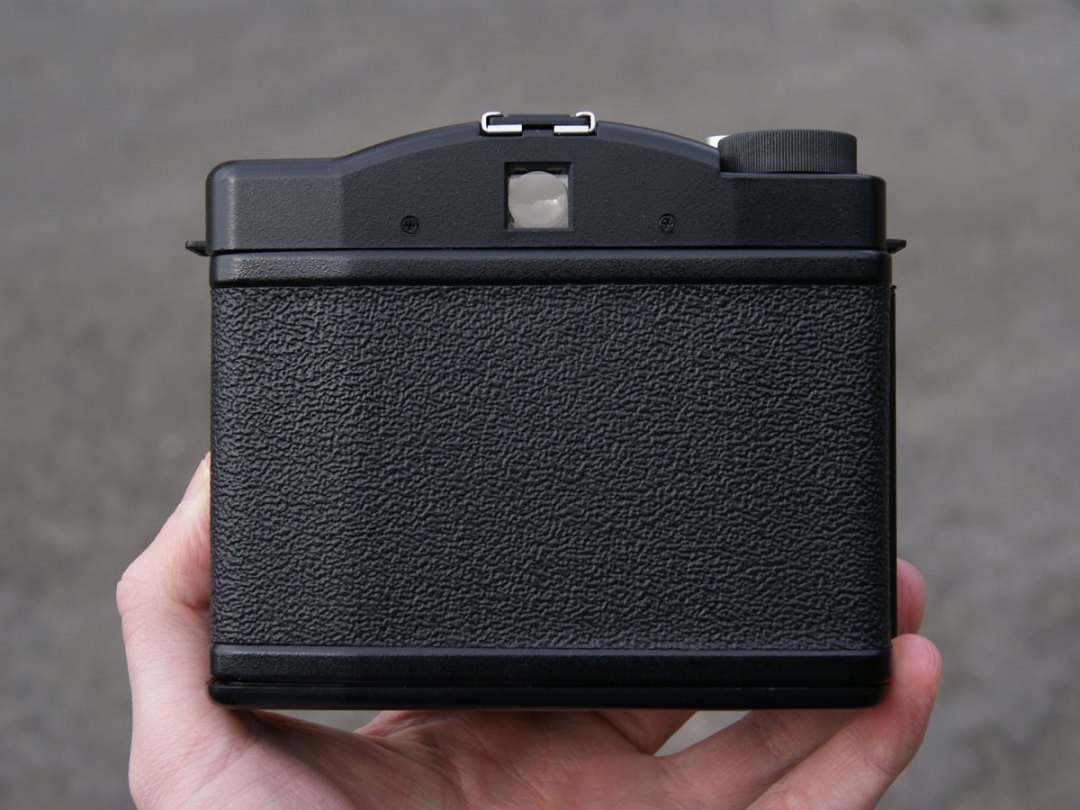
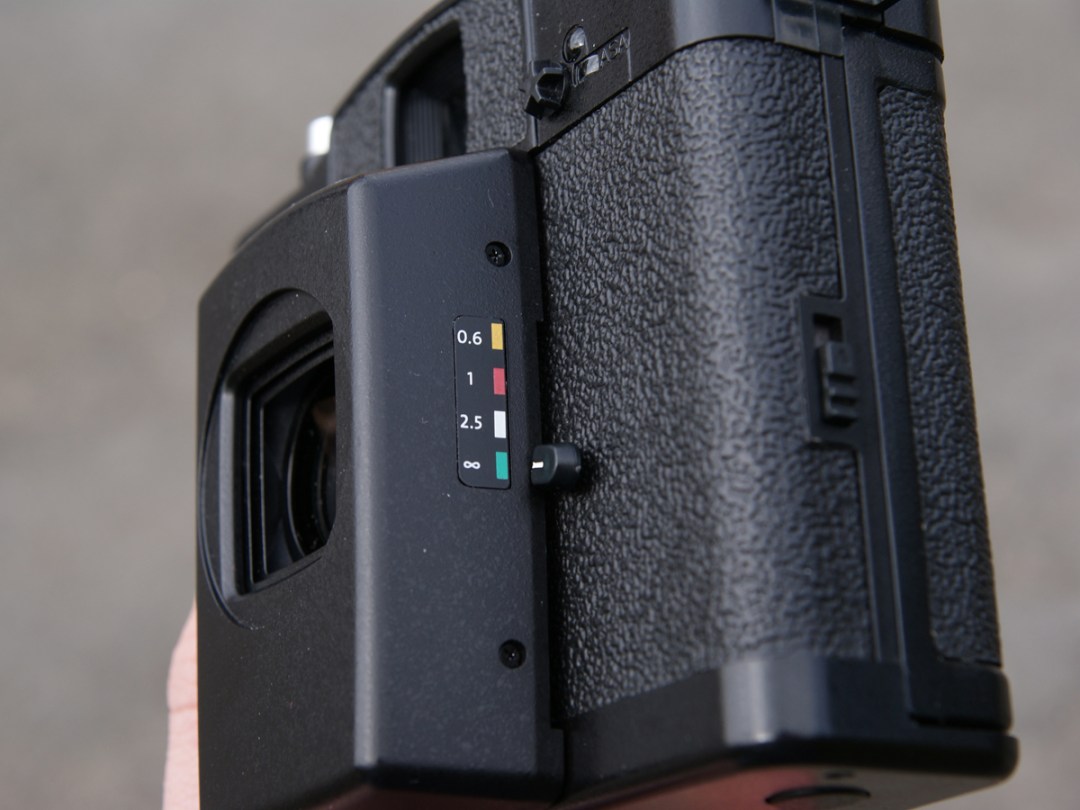
The LC-A 120 is a pretty well put-together camera. Like the 35mm LC-A before it, there’s a glass lens (most Lomo cameras use plastic lenses), in this case a 38mm wide angle (equivalent to 21mm on a “normal” camera) with f/4.5 aperture; a programmatic auto exposure that will warn you if you don’t have enough light to take a decent photo; four focussing zones, the closest being 0.6m away from the lens; a tripod thread; a hot shoe for attaching a flash; and cable release compatibility. All that is squeezed into a lightweight, compact metal and plastic body that flexes a little but feels adequately sturdy. A built-in curtain cover keeps the lens protected and dust-free when not in use.
Once you’ve put your 120 film roll inside – not the easiest process for the uninitiated, it has to be said, but one you’ll swiftly nail down with practice – and wound it on, then set the ISO number on the dial (this sets the auto exposure) you’re ready to shoot. There’s a nice bright optical viewfinder to aid framing, and two red lights inside to tell you if there’s sufficient light for a good shot: when you half-press the shutter button, one light means you’re good to go, two means you’re not (if there are no lights, it means the LR44 batteries in the camera need replacing).
That’s really it, as far as operating the thing goes. You’ll need to remember to set the focus switch to the correct zone (0.6m, 1m, 2.5m, infinity), of course, or your subject will be all blurry, and you’ll need to remember to wind the film on after each shot – unless you want to take a double exposure, in which case a tiny switch enables you to take two exposures on a single frame.
Film stars
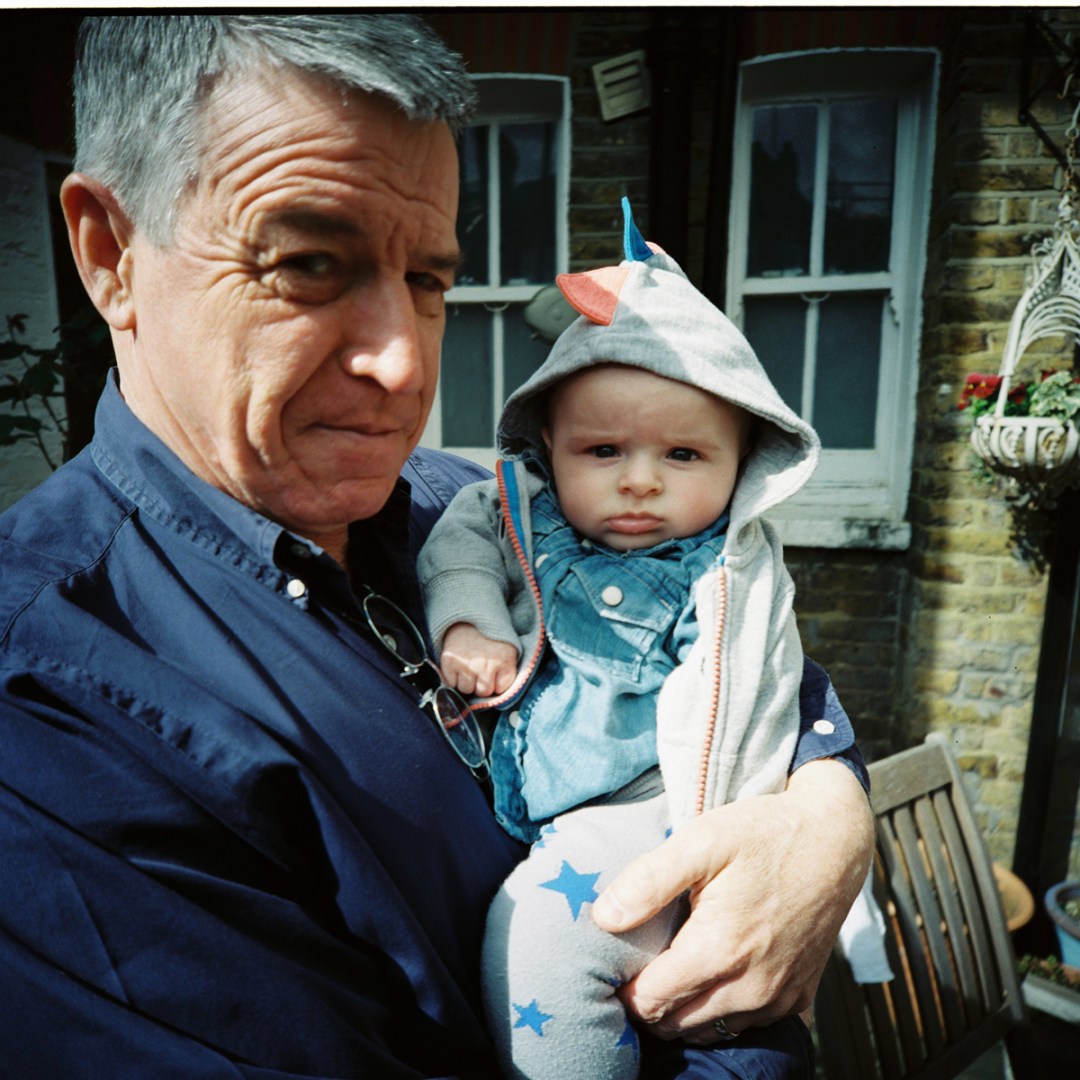
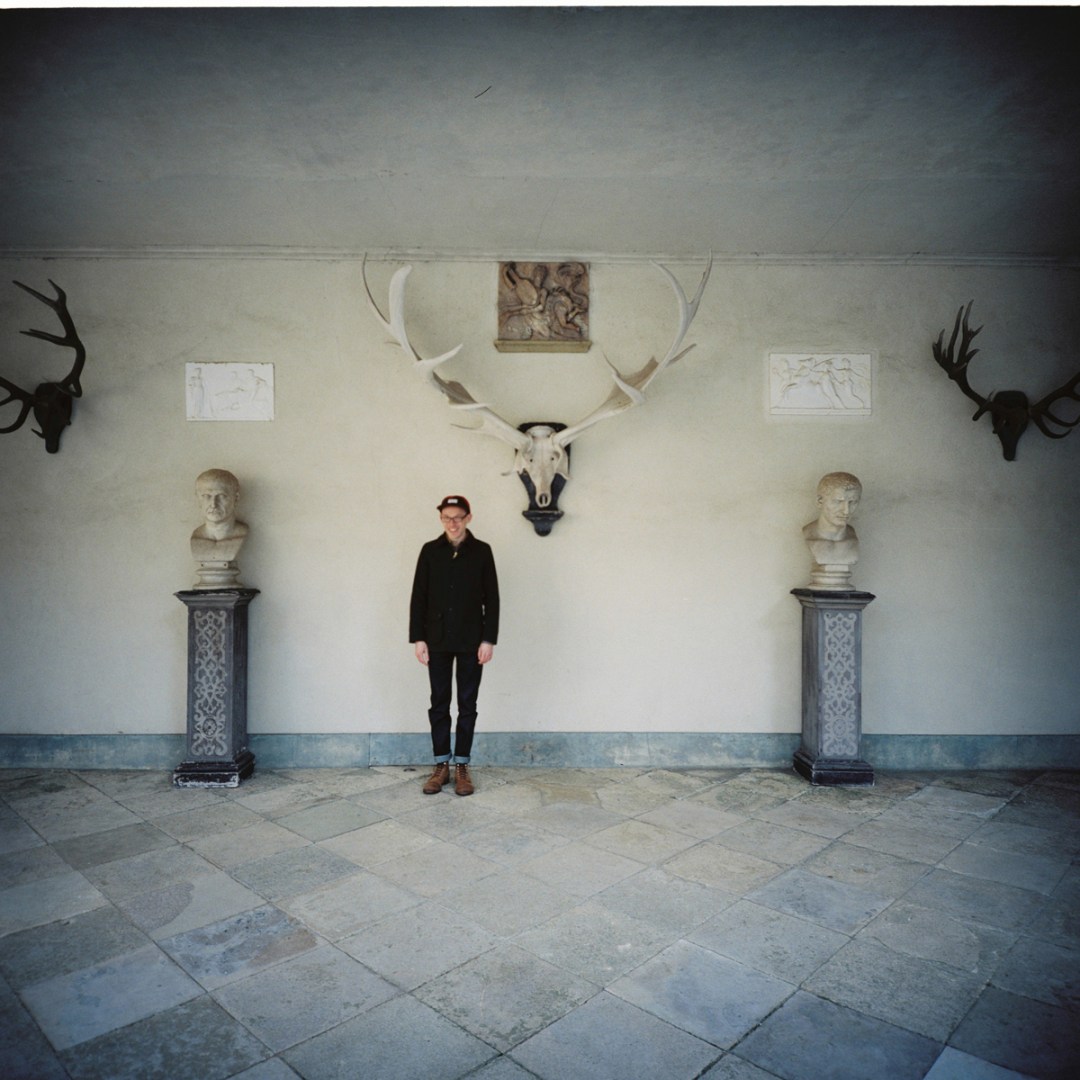
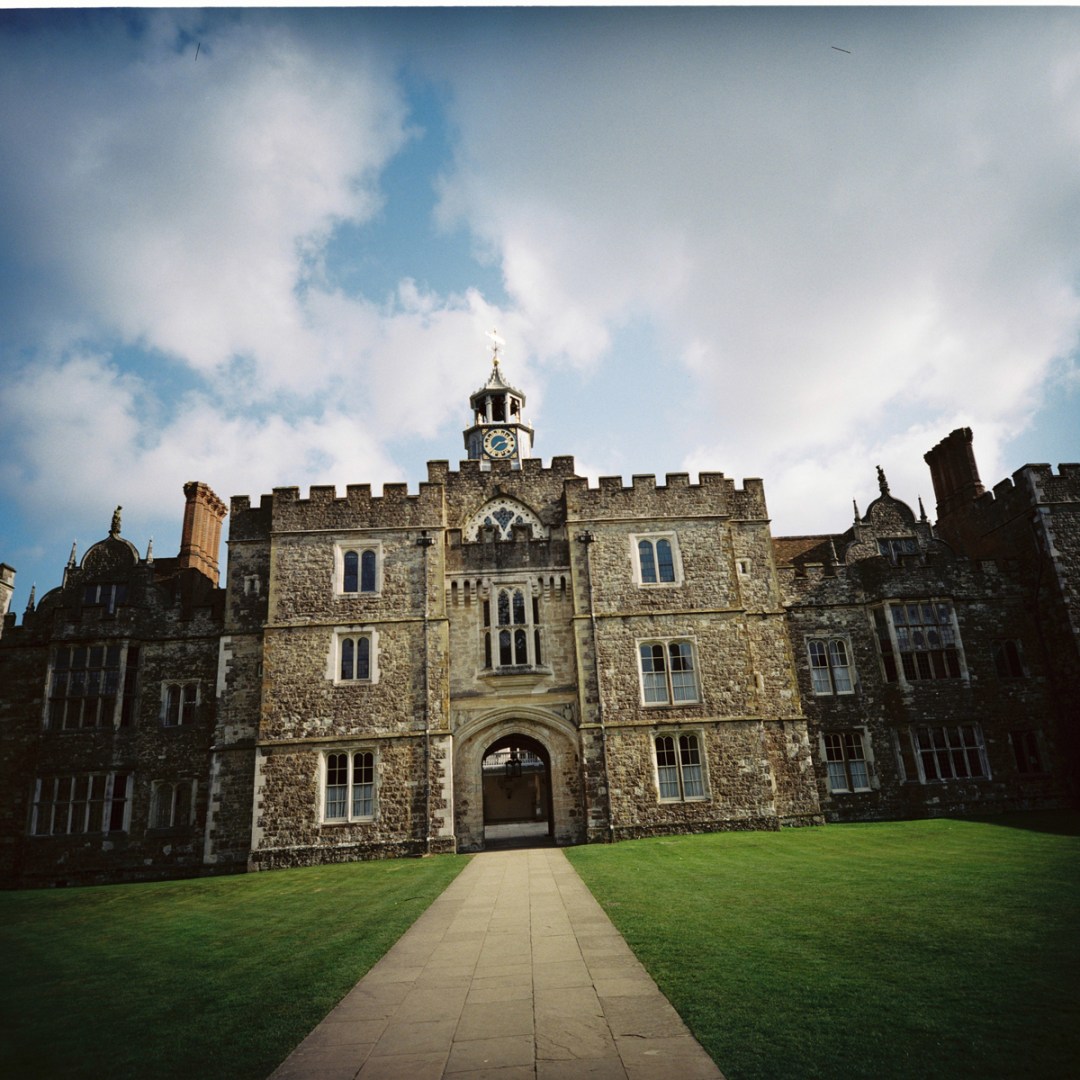
120 film isn’t particularly expensive, with the Lomo Color Negative 400 ISO rolls I used costing £13.90 for three (each good for 12 exposures) at the Lomography online store. Getting the film developed may be a tricky prospect however: processing medium format film is likely to be beyond the capabilities of your local Boots photo counter, so you might have to trek to a more specialist shop or simply send the films to Lomography for development.
The company charges £10 for a standard service, which will give you digital scans of your images along with a set of negatives – this is the service I used and the images posted in this review are the scans I was sent back. Fujifilm offers a similar service (with a photo CD sent back) for £8.50 a roll, or £11 if you also want 5×5 prints thrown in.
When I received my scans, an issue that can arise with film cameras made itself painfully known. One roll of film had become unstuck in transit (my own fault for not taping it tightly enough), causing light to get in and spoil all twelve exposures – including one perfect “Kodak moment” snapshot I’d been highly anticipating. Huge bummer. Like I say, it was my fault, but it wouldn’t have happened on a digital camera.
Decent exposure
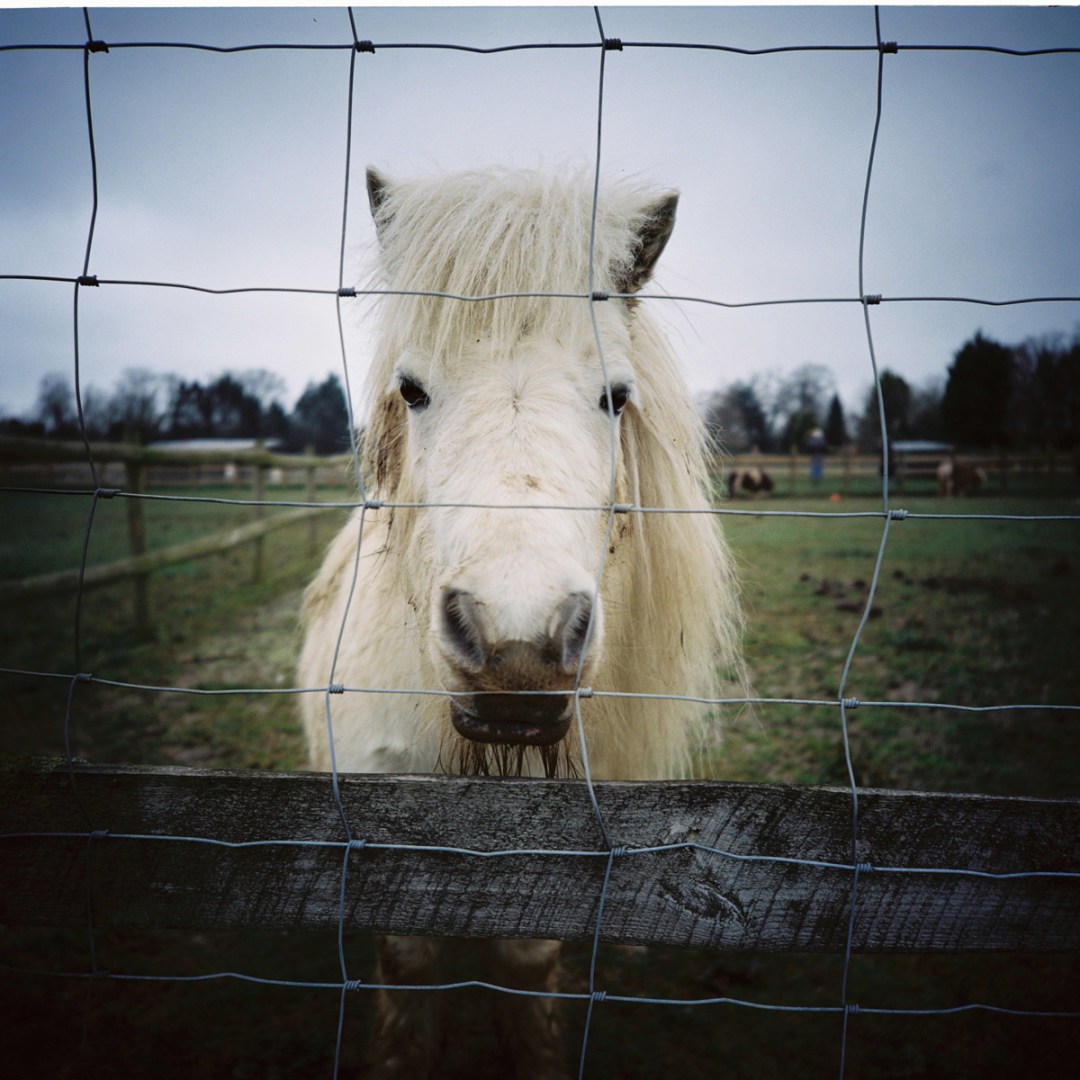
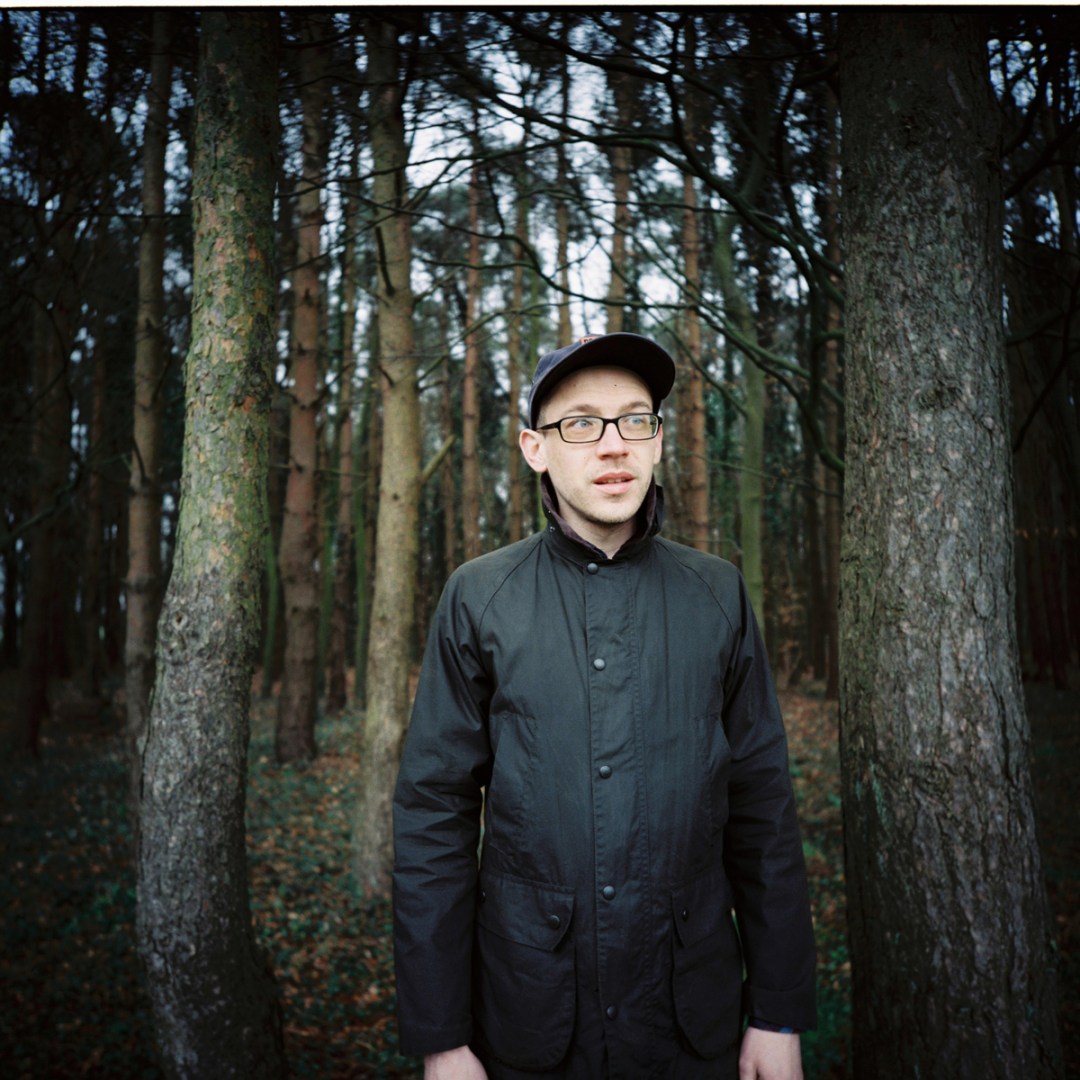

Thankfully, the majority of my 36 exposures came out perfectly, or at least were processed well: some were slightly out of focus (again, my fault); a couple wonky (ditto); others just a bit boring (me again). The trick is to know the limitations of the camera hardware and the film inside and to stay “between the lines”. In shots where I’d done that – where I’d been mindful of the lighting, the composition, the steadiness of my hand as I pushed the shutter button – in those shots the results were truly impressive by Lomo standards.
The LC-A 120’s square-format images have the signature lo-fi Lomo look, with sharpness dropping off towards the edges and heavy vignetting darkening the corners. In most cameras, these would be seen as faults, but they’re things you expect and most likely desire if you’re buying a Lomo camera.
However, in the middle of the frame there’s a good level of sharpness (provided you’ve got the focus setting right) and the medium format film and f/4.5 aperture give images a narrow depth of field, rendering the subject in crisp focus while objects in the fore and background are slightly blurry. Colours are quite true-to-life, and there’s a slight element of attractive film grain in my photos, but results will differ depending on the type and speed of film used.
Lomography LC-A 120 verdict
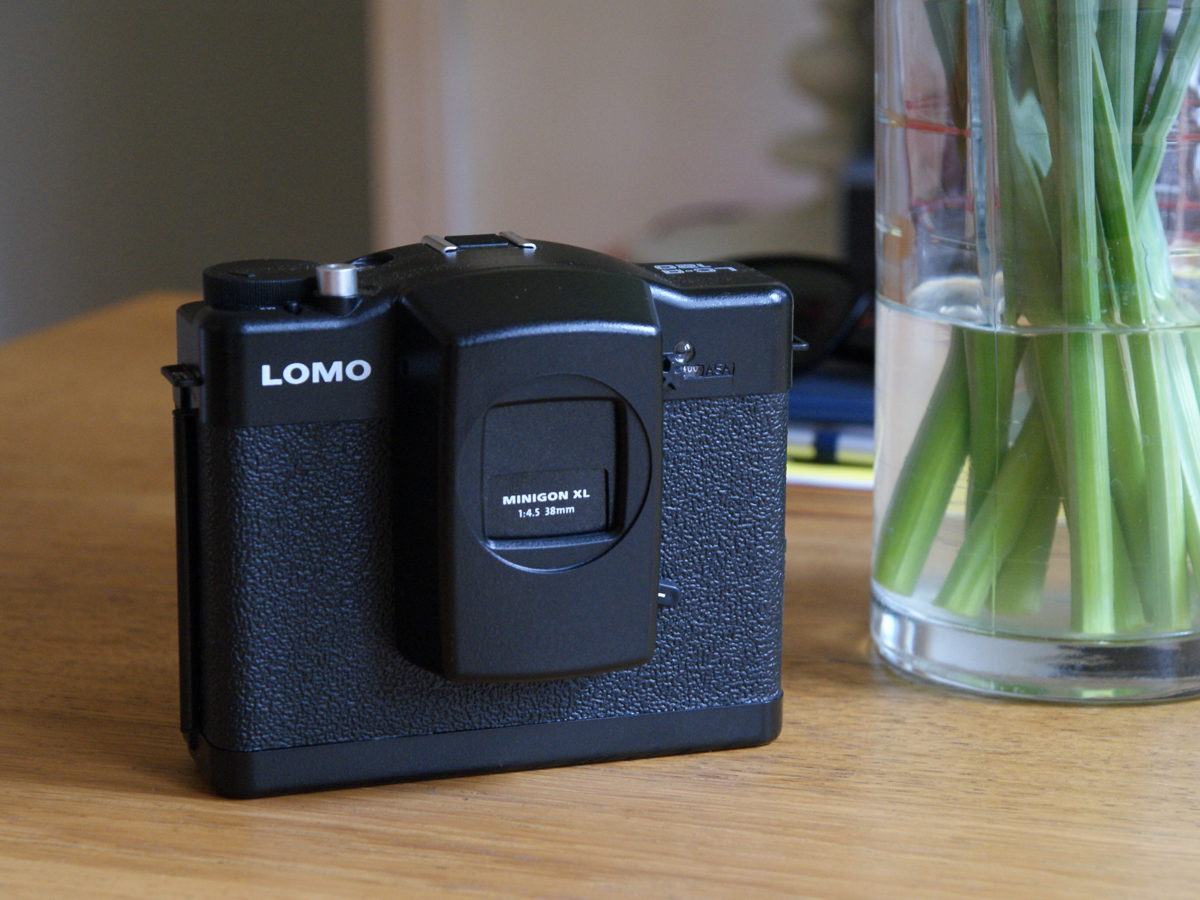
The LC-A 120 is certainly the most capable Lomography camera I’ve used, managing to deliver superior performance while maintaining the company’s signature quirkiness and charm. Its compact size and light weight make it unusual among medium format cameras, and while it’s expensive it does produce pictures – and deliver a throwback analogue shooting experience, for better or worse – that you can’t get elsewhere.
It’s certainly not a camera I’d recommend to everyone, but if you’ve already fallen under Lomo’s analogue spell, this is the perfect way to level up your analogue photography experience.
Now read this › Impossible Instant Lab Universal review
Stuff Says…
The primo Lomo camera: simple, compact and capable of producing sharp, characterful photos
Good Stuff
Compact and lightweight for medium format
Straightforward to use
Delivers lovely photos
Bad Stuff
Plasticky for the price, albeit less so than other Lomo cameras
Expensive



